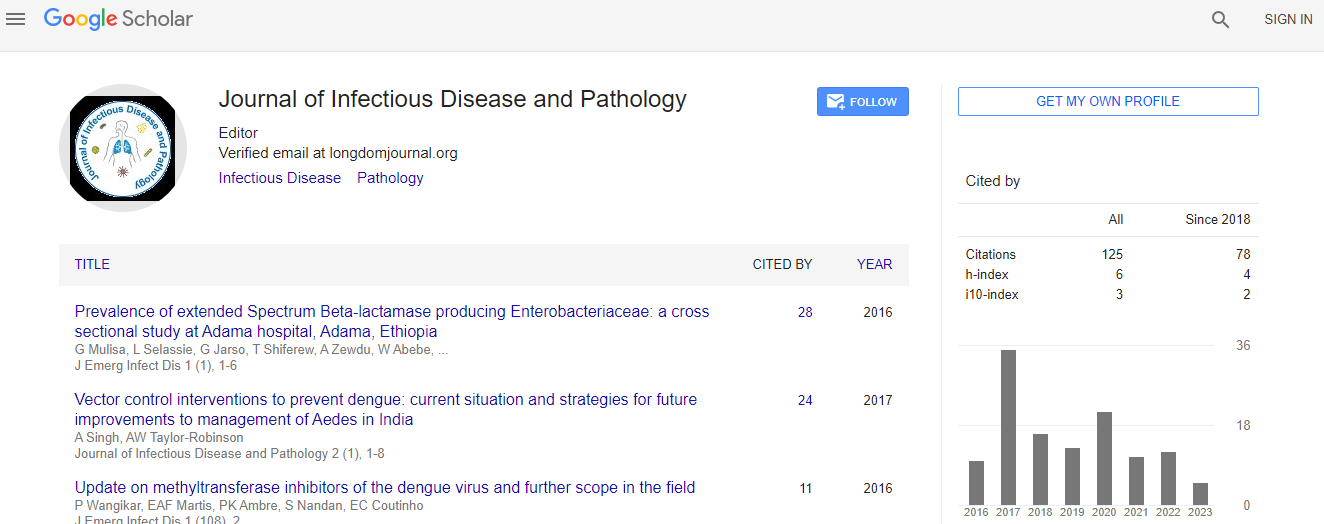Understand Zika Virus in the world
Abstract
The Zika virus (ZIKV) infection is the present big problem. As a vector borne disease, this infection becomes a problem in several tropical areas around the world. The great concern is the possibility that the transplacental transmission of the pathogen can result in microcephaly child [1]. To understand the pathophysiology of microcephaly due to ZIKV infection is a very interesting topic. Adding to the report by Sakkas et al. [1], the new technology for understanding the pathophysiology of ZIKV infection should also be mentioned. In fact, there are many reports on histopathology and molecular pathology of the ZIKV virus infected cases with microcephaly [2,3]. Nevertheless, those works do not reflect the developmental pathology. The use of animal models might be partial useful, however, it cannot represent the exact process in human beings [4]. To study the developmental pathology, the use of the advanced cell technology, organoids is an interesting alternative technique. The use of brain organoids for understanding ZIKV induced microcephaly is an interesting approach. Qian et al. recently discussed “perspectives on overcoming limitations of current organoid systems for their future use in ZIKV research [5].” In fact, organoids is the new cell technology that is proposed for its advantage in assessment of pathophysiology of many medical disorders. The use for clarification on the pathogenesis of ZIKV infection is also proposed in the medical literature. Nevertheless, there are many limitations of using organoids at present. The usefulness of using organoids technology as a way to assess the pathogenesis of ZIKV induced microcephaly can be expected. Nevertheless, there should be a balanced discussion of the topic- including highlighting some of the limitations with using organoid models to understand ZIKV.

 Spanish
Spanish  Chinese
Chinese  Russian
Russian  German
German  French
French  Japanese
Japanese  Portuguese
Portuguese  Hindi
Hindi 